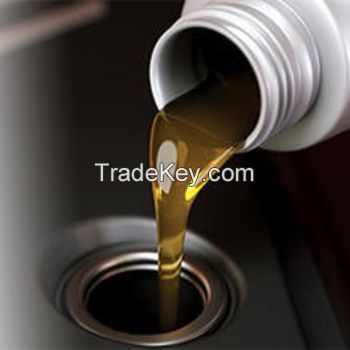
FOB Price
Get Latest Price250 ~ 300 / Metric Ton ( Negotiable )
|Minimum Order
Place of Origin:
-
Price for Minimum Order:
Minimum Order Quantity:
100 Metric Ton
Packaging Detail:
Bulk, container
Delivery Time:
25 days
Supplying Ability:
600000 Metric Ton per Week
Payment Type:
T/T, Western Union, Money Gram, PayPal
Russia
連絡先担当者 Mr. Vladimir
Petrovka, moscow, moscow
Quick Details
Application:Power Generation
Density:Kg/m3
Grade:Premium, Top Grade
Ash Content (%):*2
Moisture (%):*5
D2 or Not:Not D2
Flash Point:*5.6
Freezing Point:**8
Place of Origin:Russia
Brand Name:OEM
Supply Ability
Supply Ability *****0 Metric Ton/Metric Tons per MonthWe suppl both BS EN**0 DIESEL and D6 Diesel Fuel
DIESEL EN**0 (*0PPM)
Direct supplies from refinery
|
Type |
EN**0 (*0PPM) |
|
Application |
Power Generation |
|
Grade |
********2 |
|
Density |
0.**8 |
2
We are a Petroleum Refinery Direct Agents
Diesel fuel is a mixture of hydrocarbons obtained by distillation
of crude oil.
The important properties which are used to characterize diesel fuel
include cetane number (or cetane index), fuel volatility, density,
viscosity, cold behavior, and sulfur content.
Diesel fuel specifications differ for various fuel grades and in
different countries.
Diesel—whose first engine concept was designed to use coal dust as
the fuel—recognized that liquid petroleum products might be better
fuels than coal.
The engine was re-designed for operation with liquid fuels,
resulting in a successful prototype in ***5. Both the engine and
the fuel still bear the name of Diesel.
Diesel fuel is a mixture of hydrocarbons—with boiling points in the
range of **0 to **0°C—which are obtained from petroleum. Petroleum
crude oils are composed of hydrocarbons of three major classes: (1)
paraffinic, (2) naphthenic (or cycloparaffinic), and (3) aromatic
hydrocarbons. Unsaturated hydrocarbons (olefins) rarely occur in
the crude. It should be noted that the terms paraffinic and
naphthenic seem to be obsolescent; we use them because they are
still common in the petrochemical industry. In modern chemistry,
the respective groups of hydrocarbons are called alkanes and
cycloalkanes.
Best Regards.